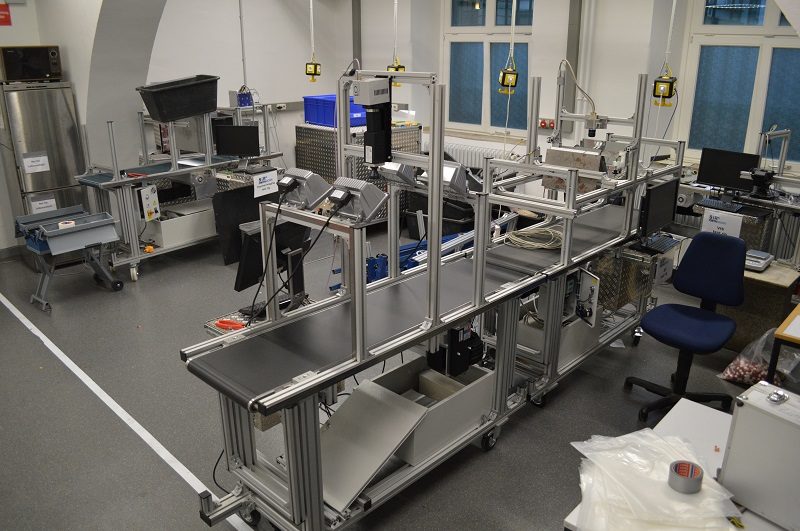Prof. Dr.-Ing. Thomas Pretz
Dipl.-Inform. Marcel Bosling

Variations in the input material, e.g. due to waste streams of different origin / composition, amended statutory provisions or consumption habits and recurrent seasonal phenomena, cannot be determined while taking actual material flow scenarios into account or can only be determined after a long interval. A Meaningful, real-time characterisation of the waste flows, however, is an indispensable requirement for a more efficient product-related materials flow management and the long-term determination of the potential of waste flows as anthropogenic sources of secondary raw materials. Here, advanced imaging methods based on sensors could provide a significant contribution. Above all, the prerequisite in this connection is the determination of specific and clearly attributable materials characteristics.
The objective of the approach to be followed is to facilitate the processing (e.g. mechanical or thermal) of waste flows containing metals, adapted to the respective product characteristics and quality requirements by reference to secondary characteristics (indicators) by further developing imaging methods. In order to do this, visual measurement systems, consisting of line scan cameras or area scan cameras (in various spectral ranges) in combination with intelligent imaging algorithms, are deployed and refined.